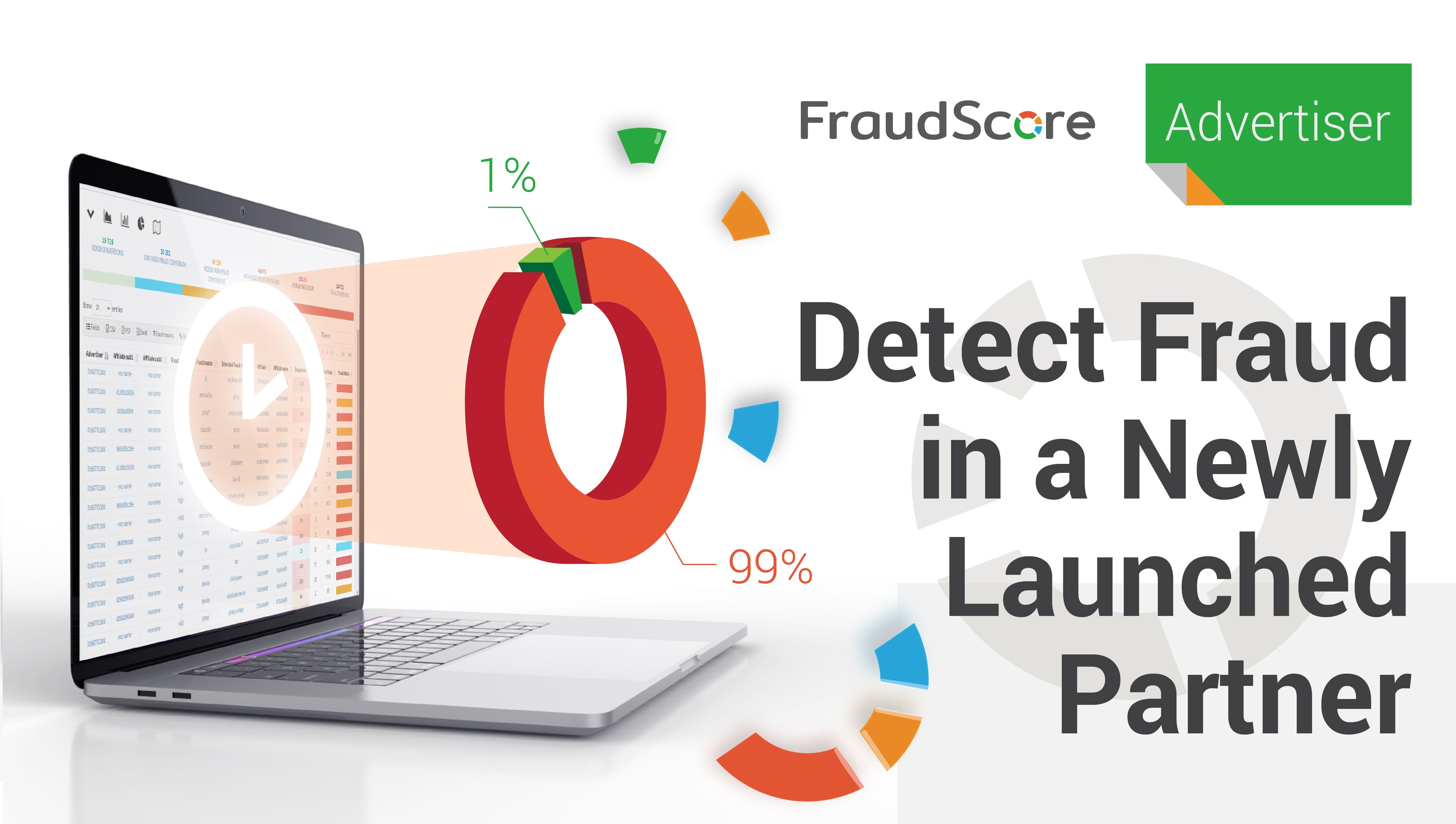
One of the greatest things about FraudScore is that we are able to share our clients’ unique experiences and cases. Simply, our clients face ad fraud every day, and their stories indicate just how extreme fraudsters can get nowadays.
One recent occasion that we want to share is a story of a mobile developer that started to work with a new affiliate. This developer — whose name will not be disclosed due to security reasons — has been working with FraudScore for more than three years, and they score all campaign traffic with FraudScore’s antifraud solution.
Before the developer started working with a new traffic source, they completed a test run of the affiliate. The test traffic was good, and the high-quality conversions met the requirements. The developer decided to sign up the affiliate, and established the campaign start day.
On the first day of the campaign, the developer received an alert from FraudScore. The fraud level was alarming, and it was recommended that the developer take a look at the traffic quality report.

FraudScore detected that 99% of all conversions from this new affiliate were fraudulent! The affiliate provided 170k+ conversions, 99% of which were fraud. Despite the fact that the test conversions were real and coming from real users, the actual campaign traffic was quite different.
The developer used FraudScore’s report to understand the situation:
1) 99% of conversions had no in-app events. This means that there were no real users.
2) 87% of conversions were marked with “duplicate build” as the fraud reason. That is a sign of emulators, as the Android build is not verified as real.
3) Approximately 70% of conversions had symptoms of bot traffic (e.g., “duplicate IP” and “duplicate device”). These fraud reasons mean that conversions were not made from a real user device, so there is a high probability of bot traffic.
The developer immediately stopped the traffic from this source. In a couple of hours, thanks to FraudScore’s algorithms, a fraudulent affiliate was dealt with. The developer avoided losing money, and managed to take action in time.
This case demonstrates that even after a positive and promising test run, a company must still keep a close eye on traffic quality. This particular affiliate wanted to trick the advertiser by providing real conversions for the test, but when it came to real offers and campaigns, almost all of the sent traffic was completed via fraudulent algorithms and methods. That affiliate must have hoped that the ad fraud would go unnoticed, and that the advertiser would not be checking the traffic so thoroughly given that the tests were indisputably good.
This case is out of the ordinary due to the amount of fraud that was provided by the affiliate. However, one can see how extreme and crooked fraudsters can be. FraudScore will continue to share such examples, and we hope that companies will come to conclusion that an antifraud tool is necessary for doing business in online ads.